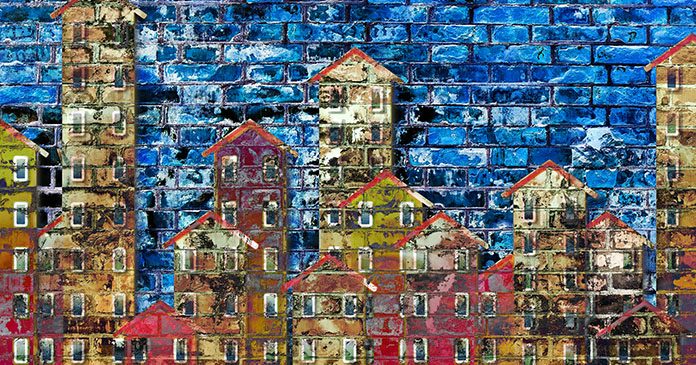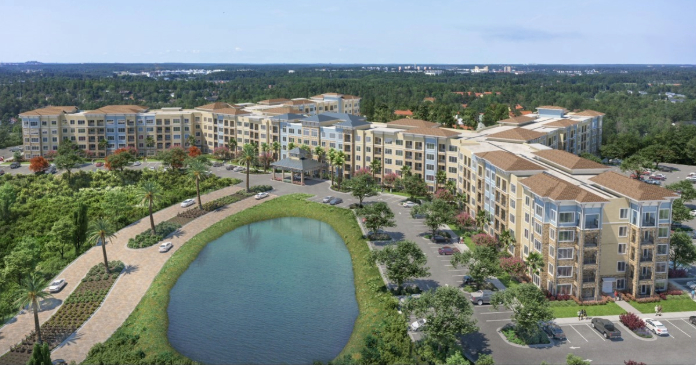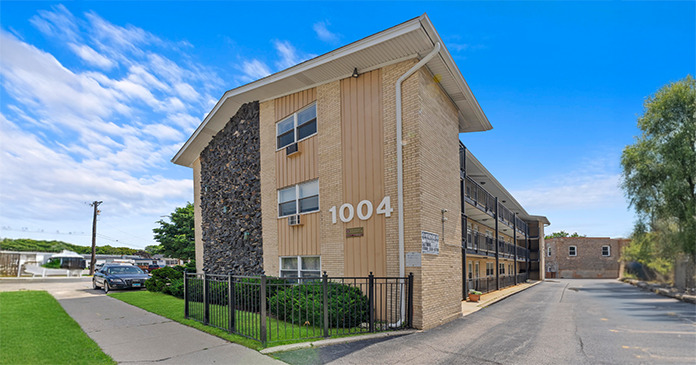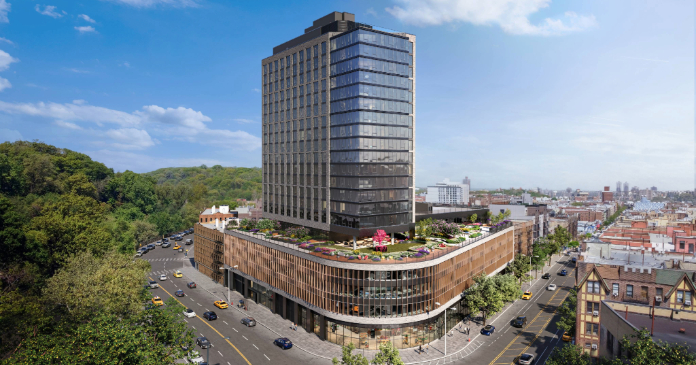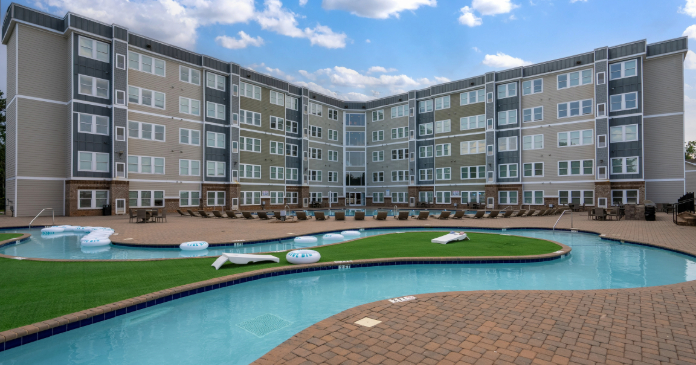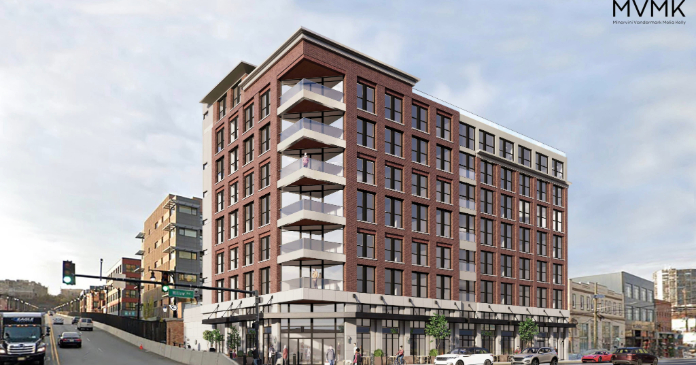In 2012, the U.S. Department of Housing and Urban Development (HUD) embarked upon a new program to address the critical capital needs of severely distressed public housing. Today, HUD released the results of an evaluation of the Department’s Rental Assistance Demonstration, a report that finds significant evidence that RAD is stimulating billions of dollars in capital investment, improving living conditions for low-income residents, and enhancing the financial health of these critical affordable housing resources. Read HUD’s evaluation.
“This evaluation validates our long-held belief that RAD is working,” said HUD Secretary Ben Carson. “Our aging public housing stock is at extreme risk of being lost and the capital needs of these properties are beyond what we can hope to get from Congress. RAD provides us the solution to preserve this critically needed housing so it remains permanently affordable for future generations.”
“The evidence is clear: RAD is improving the financial and physical condition of properties and tenants are satisfied with the improved quality of their housing post-conversion,” added Seth Appleton, HUD’s Assistant Secretary for Policy Development and Research.
HUD’s Evaluation was conducted to determine whether RAD is achieving its goal of preserving affordable housing by improving the physical condition of housing projects in the short-term and improving their financial footing for the long-term. Specifically, the Evaluation Found:
- Increased Financial Leveraging – The report finds that RAD has been extremely successful at attracting capital to stabilize and improve public housing. From the program’s inception in November 2011 through the October 2018, a total of 956 public housing projects with 103,268 units of public housing converted to Project-Based Section 8 (PBRA) or Project-based Vouchers (PBV). These projects raised a total of $12.6 billion of capital through a variety of sources, an average of $121,747 per unit.
- Improved Physical Condition – A sample of 17 properties were selected to be representative of RAD converting public housing projects. The RAD sample improved their physical condition, as measured by a reduction in their short-term and critical capital needs. On average, the sample projects had per-unit short-term needs of $12,981 before conversion and $4,608 afterwards—a 65 percent reduction. A comparison sample of non-RAD projects over the same period had, on average, $3,740 in short-term needs before conversion and $8,710 afterwards—a 133 percent increase. After conversion, the RAD projects studied have substantially lower critical needs (deficiencies concerning health, life, and safety such as accessibility deficiencies, structural defects, asbestos or lead-based paint).
- Stronger Financial Conditions – This study collected financial statements from a sample of 18 RAD projects (before and after their conversions) and 46 non-RAD projects. Financial indicators show that the liquidity and viability of RAD projects improved after conversion, while these indicators deteriorated for the non-RAD properties over the same period.
- Reliable Replacement Reserves – Replacement reserve accounts are intended to meet future capital needs. Adequate reserves are a key indicator of long-term viability. In a sample of 18 RAD projects, the median replacement reserve account balance was $240,000. Currently at 3.63 times the average required annual deposit into the replacement reserves, these figures indicate that the RAD properties are operating consistent with real estate asset management best practices, building reserves so that they will be able to address major future capital needs when they come due.
- Positive Tenant Survey Results – A survey of 298 residents at 18 RAD-converting properties showed general satisfaction with the results of RAD in terms of improving the quality of their housing. When asked about their satisfaction with their unit and development, more than 80 percent of tenants indicated they were “very satisfied” or “somewhat satisfied.” In terms of property maintenance, 34 percent of residents indicated it was “better than before,” 54 percent said it was “about the same,” and only nine percent said it was “worse than before.”
- Minimal Tenant Relocation – Roughly 75% of tenants who responded to the survey were living in their original unit after completion of the RAD conversion and associated construction; 63% did not move at all. An additional 18% of respondents ended up in a different unit at the same property, while other households moved to new rent-assisted properties under RAD’s “transfer of assistance” authority. The study attempted to use HUD administrative data to track relocation for the universe of all RAD households but found that limitations in HUD’s administrative data prevented this analysis. While the survey results cannot be validated with administrative data, they point to a conclusion that the RAD conversion process avoids displacement of residents from assisted housing.
Background on the RAD Program:
RAD was designed to stem the potential loss of public housing and other subsidized housing units due to the growing backlog of unfunded capital needs. The program allows Public Housing Agencies (PHAs) to creatively deploy the limited funds they have, and to leverage public and private debt and equity to address the critical backlog of public housing capital needs. In many cases, the PHAs are able to fully modernize the properties. In 2010, a HUD study estimated the capital backlog at over $25 billion. Today, HUD and third-party estimates range from $35 billion to over $70 billion. In RAD, public housing units move to the Section 8 platform under a long-term contract that, by law, must be renewed in perpetuity. A Use Agreement is also recorded ensuring the formerly public housing units remain permanently affordable to very low-income households.
Under RAD, existing public housing residents benefit from a right of return, a prohibition against re-screening, and robust notification and relocation rights. Residents continue to pay 30 percent of their adjusted income towards the rent and maintain the same basic rights as they have in the public housing program. Residents also get a new option to request tenant-based assistance if they wish to subsequently move from the property. RAD maintains public stewardship of the converted property through clear rules requiring ongoing ownership or control by a public or non-profit entity.


